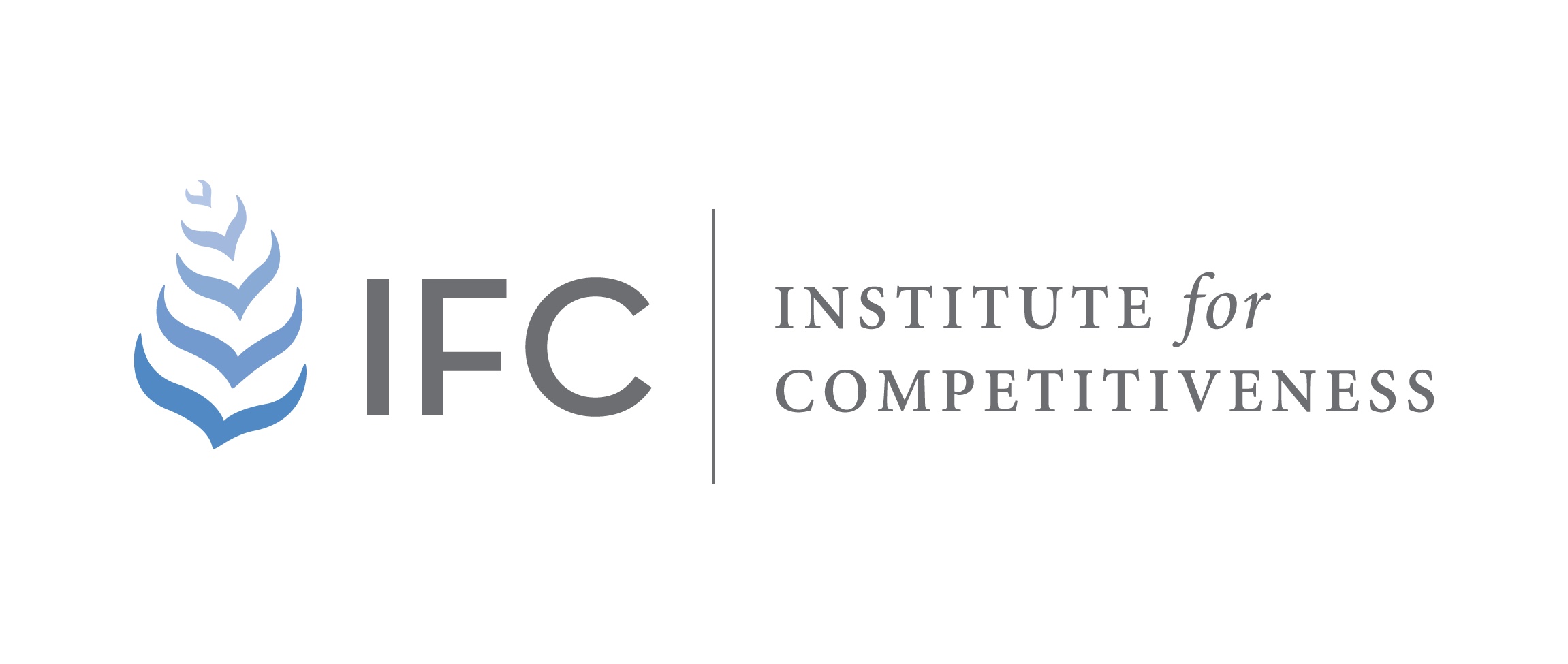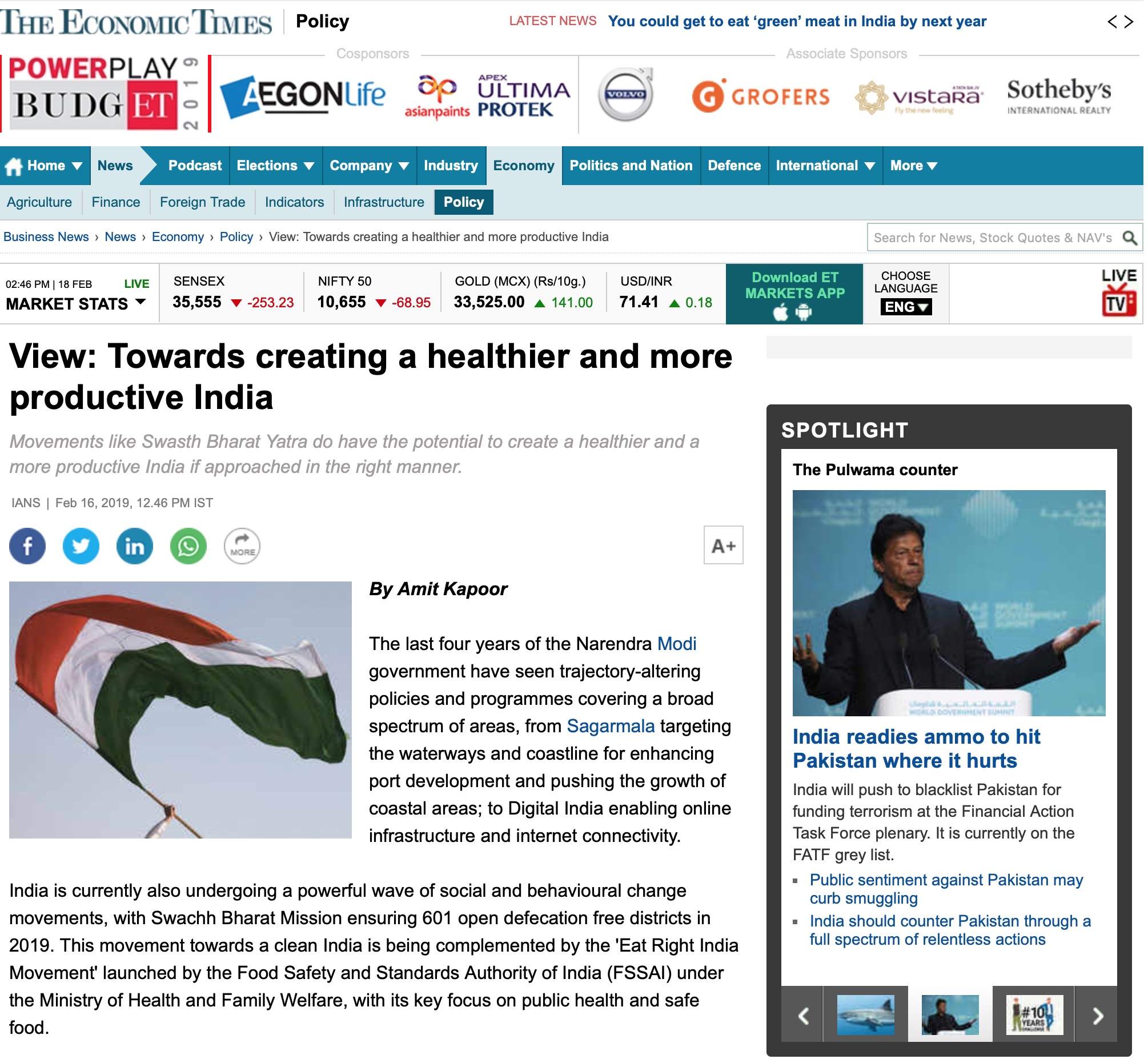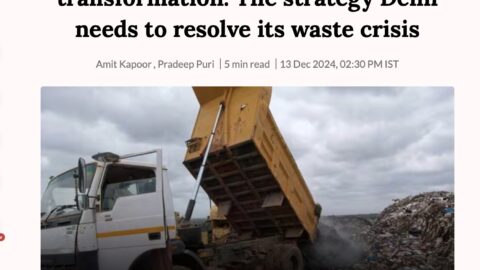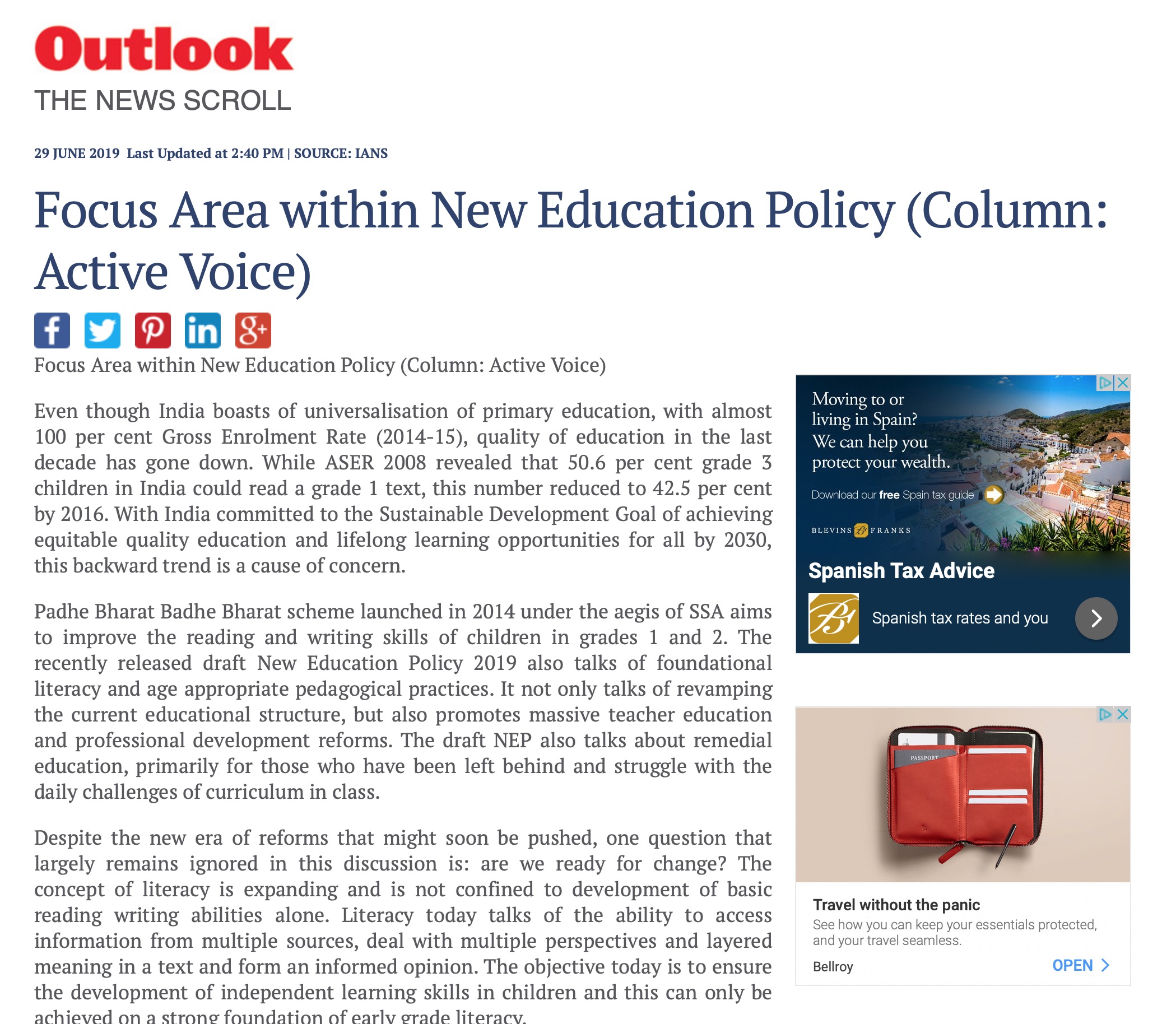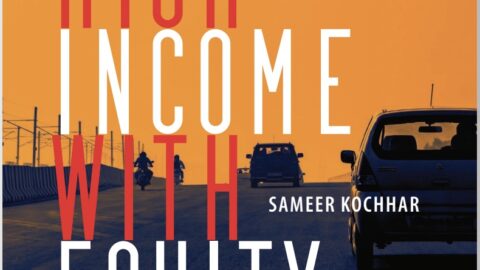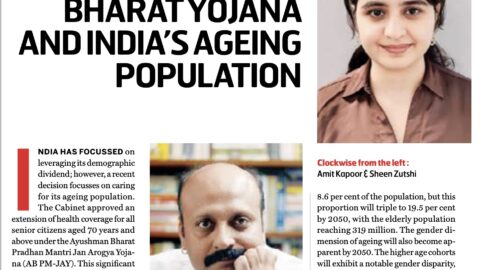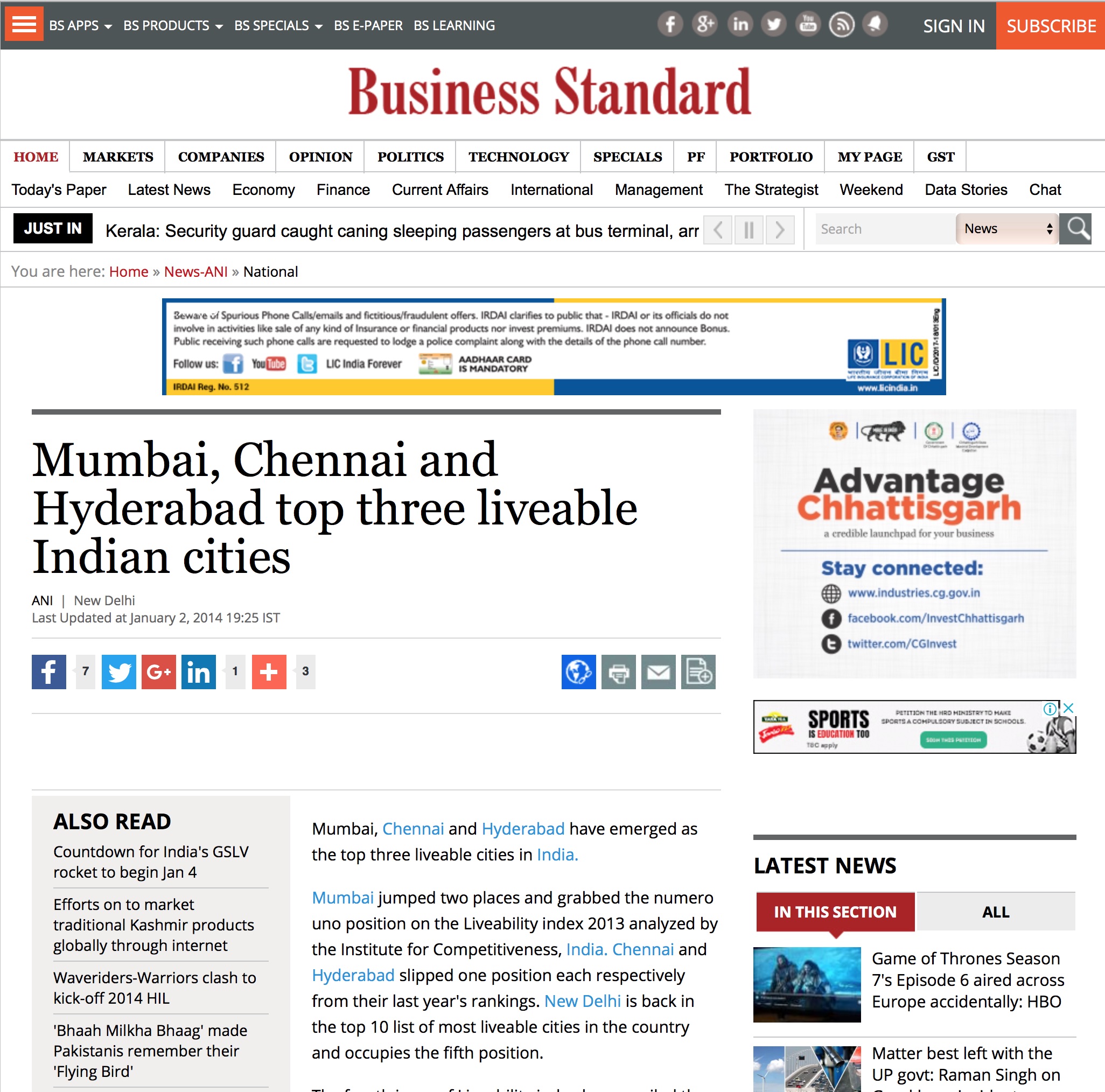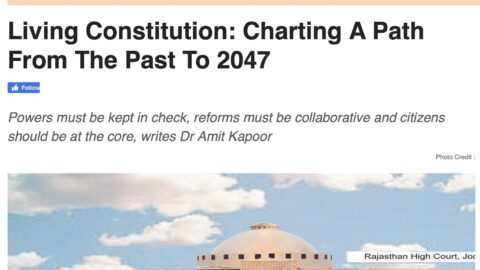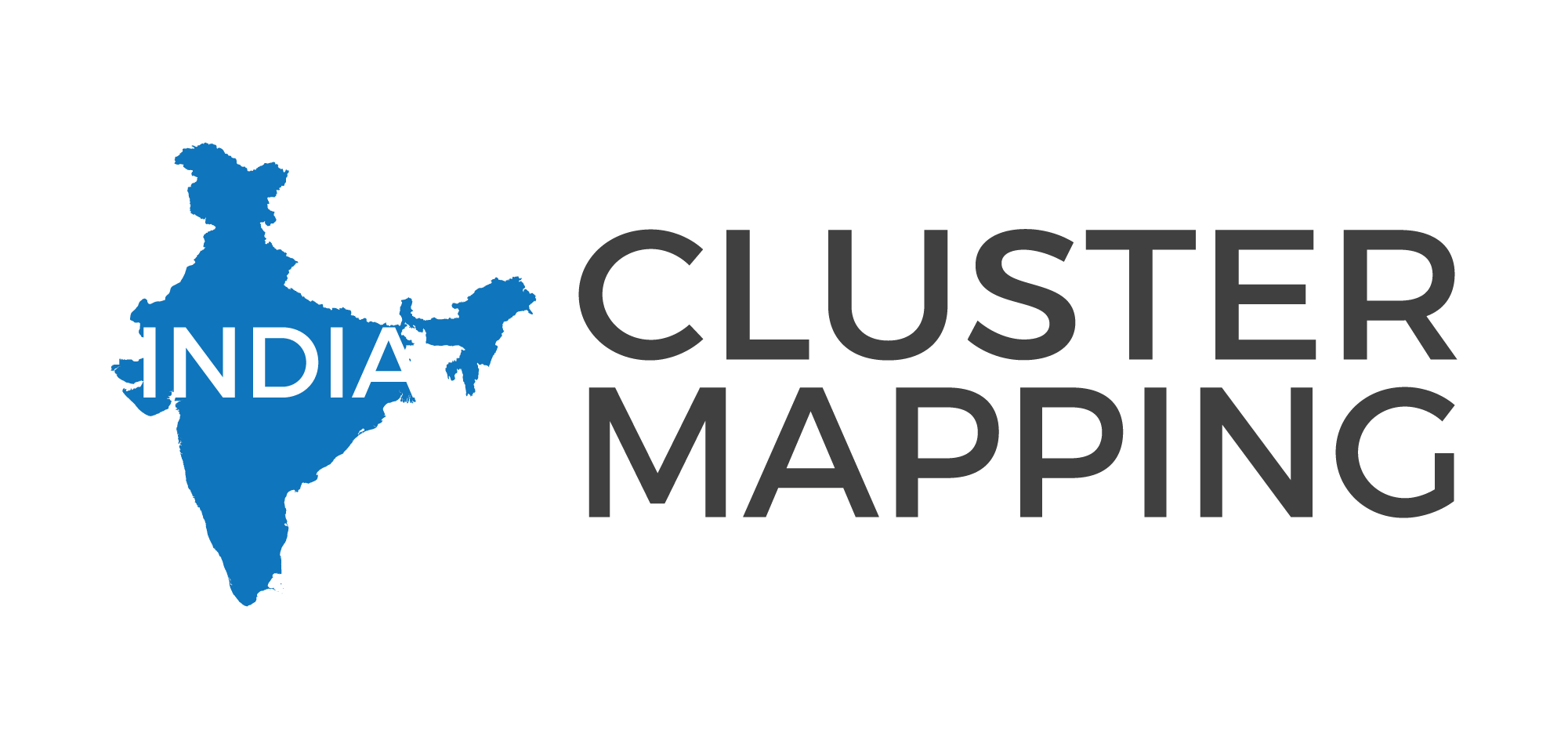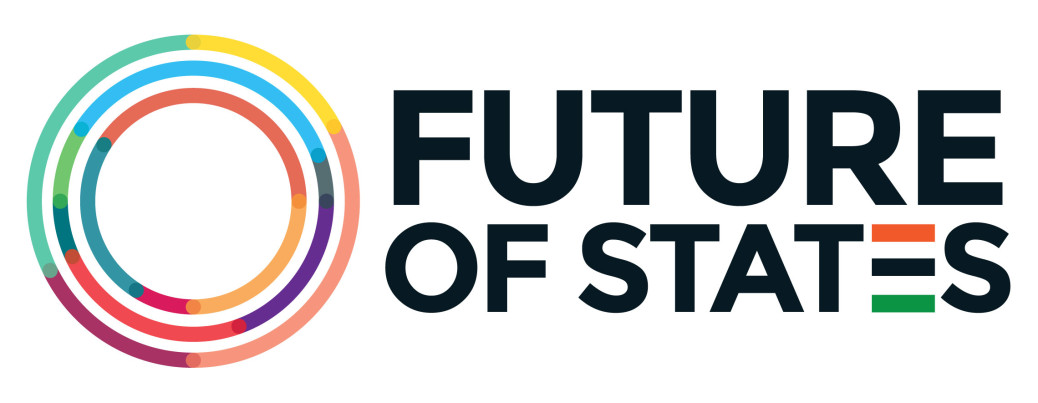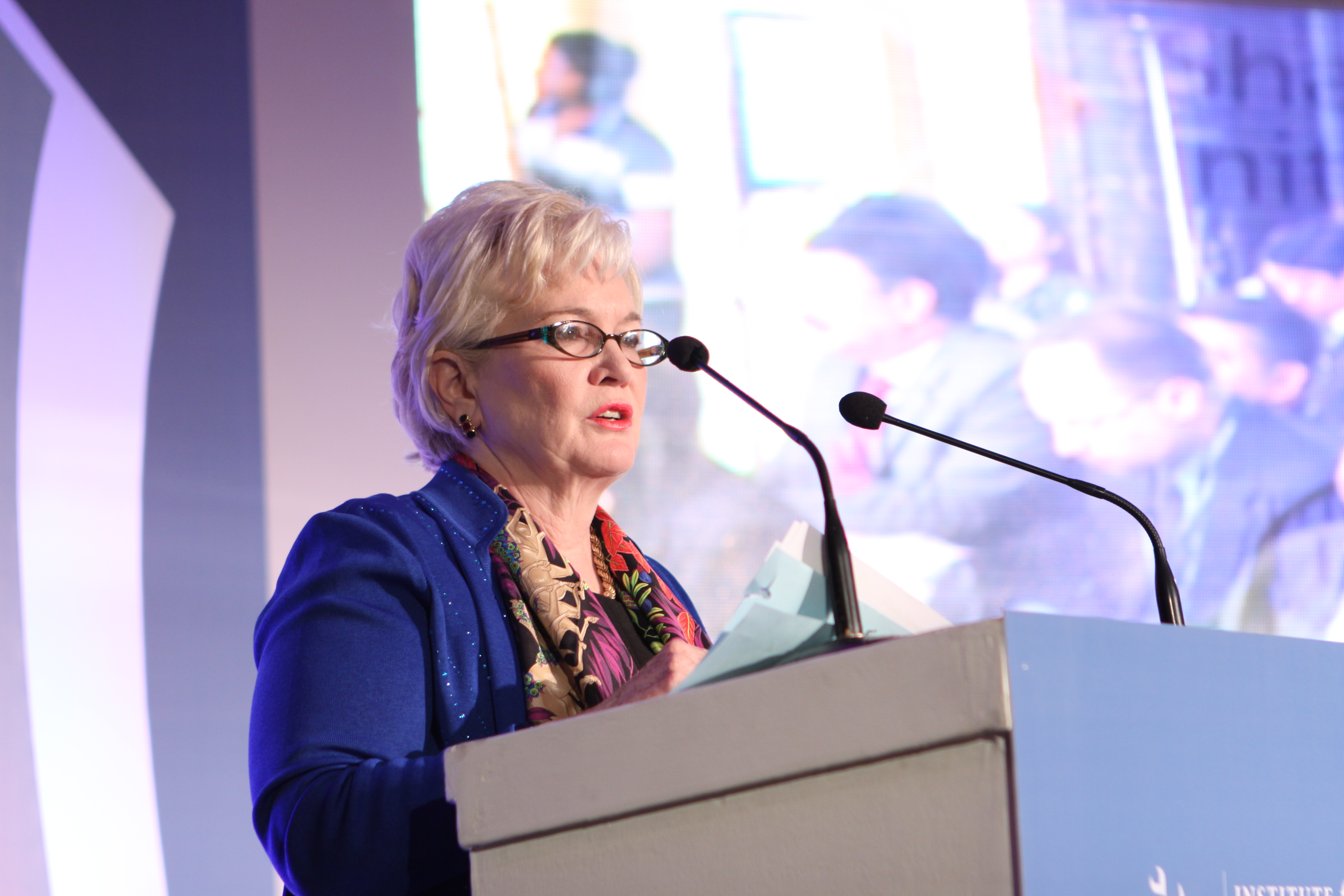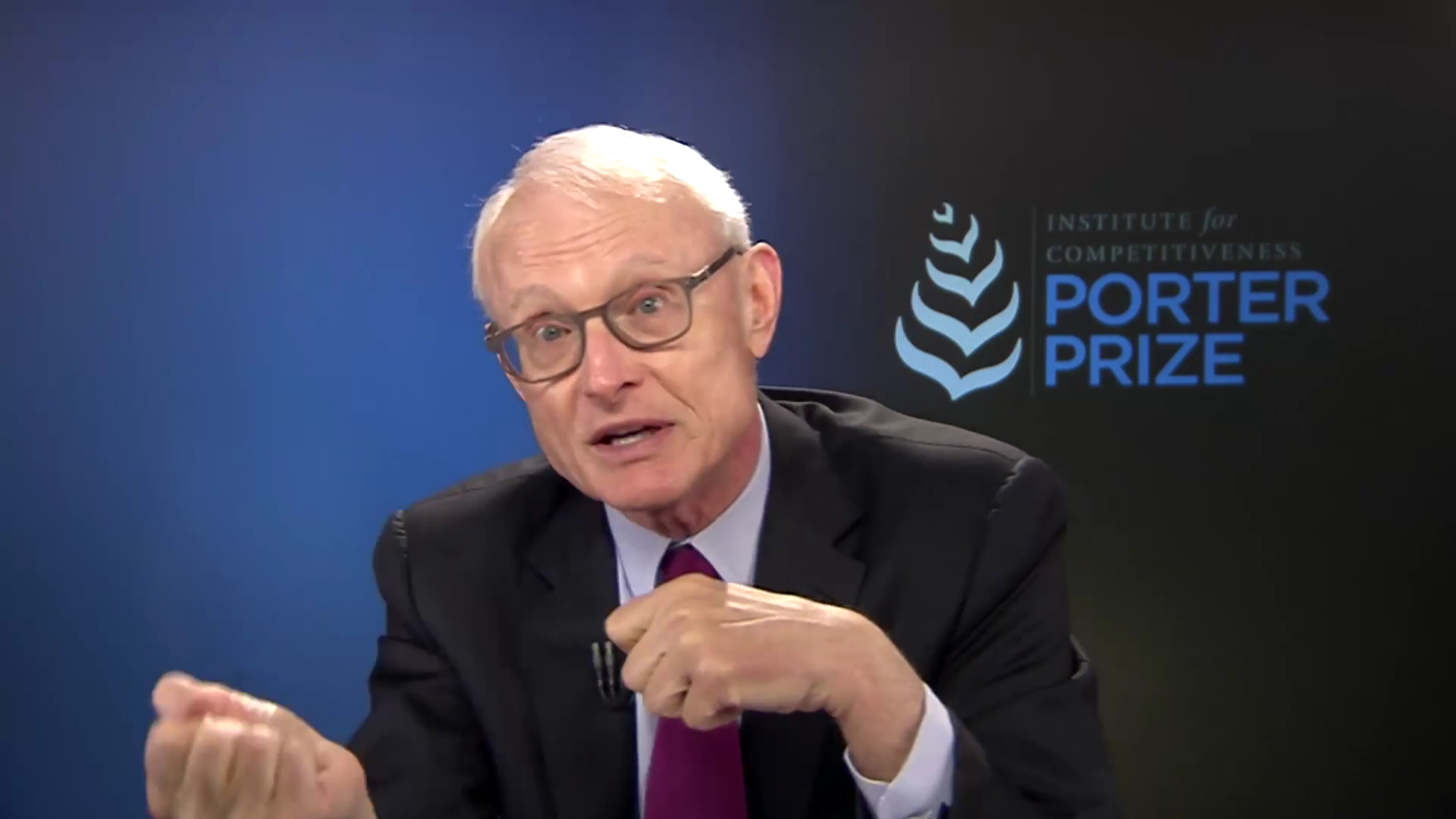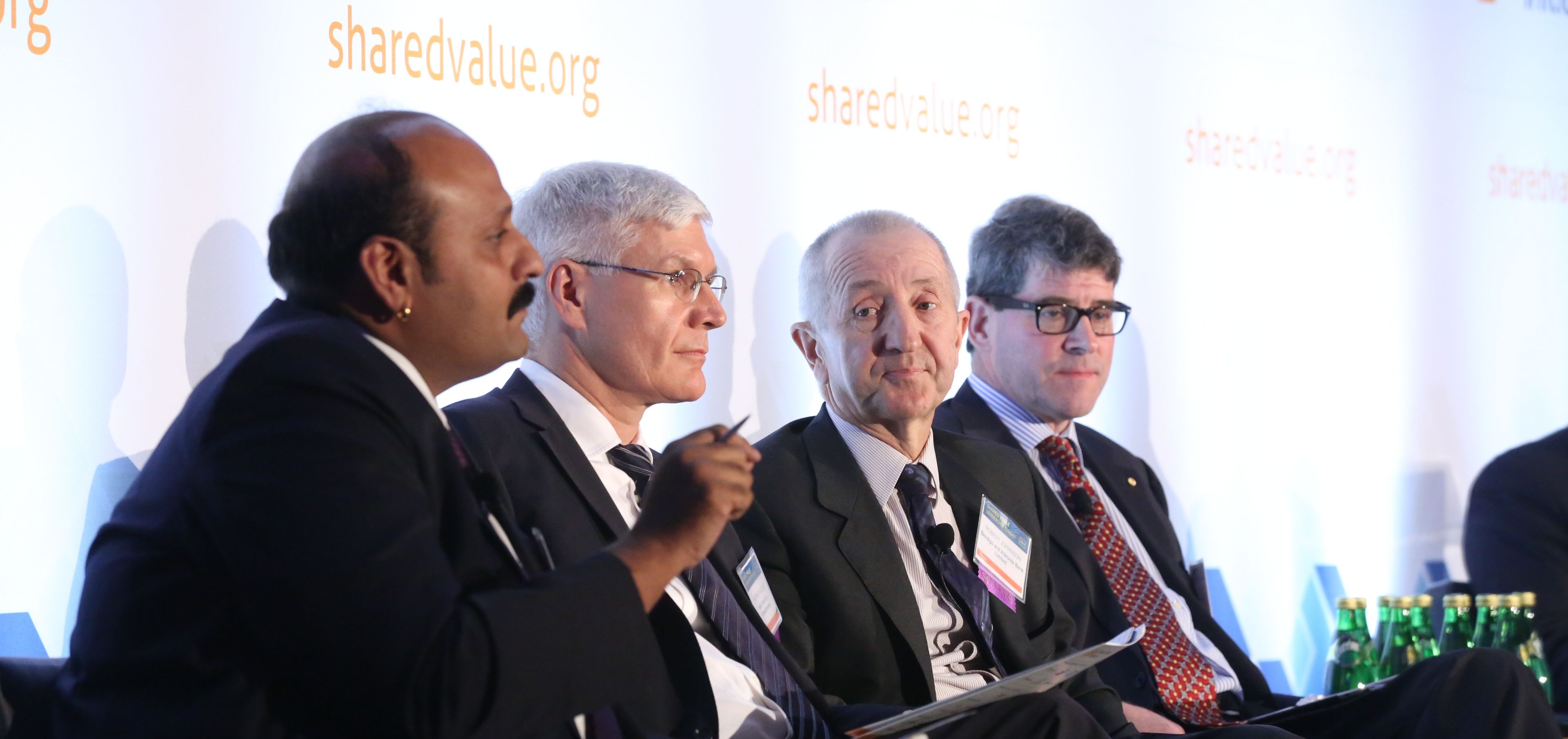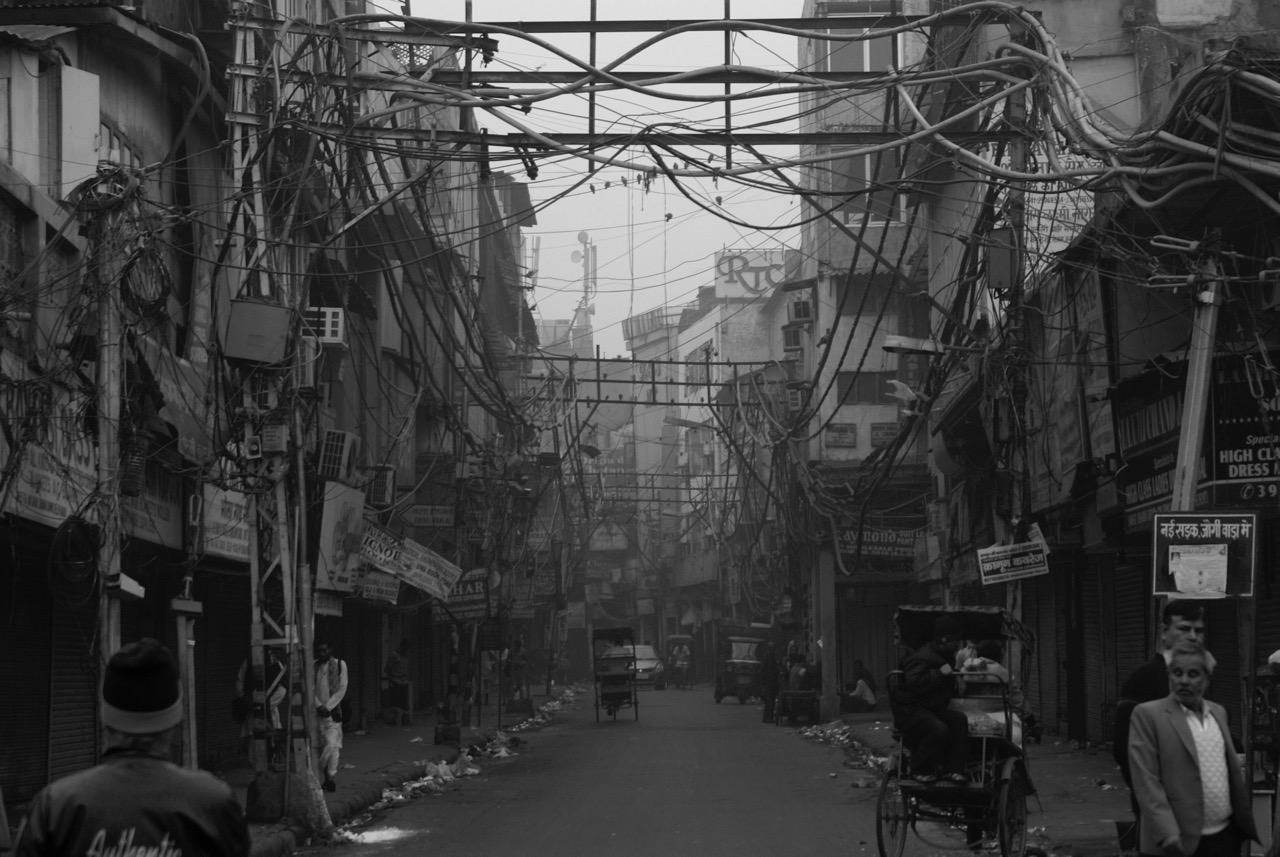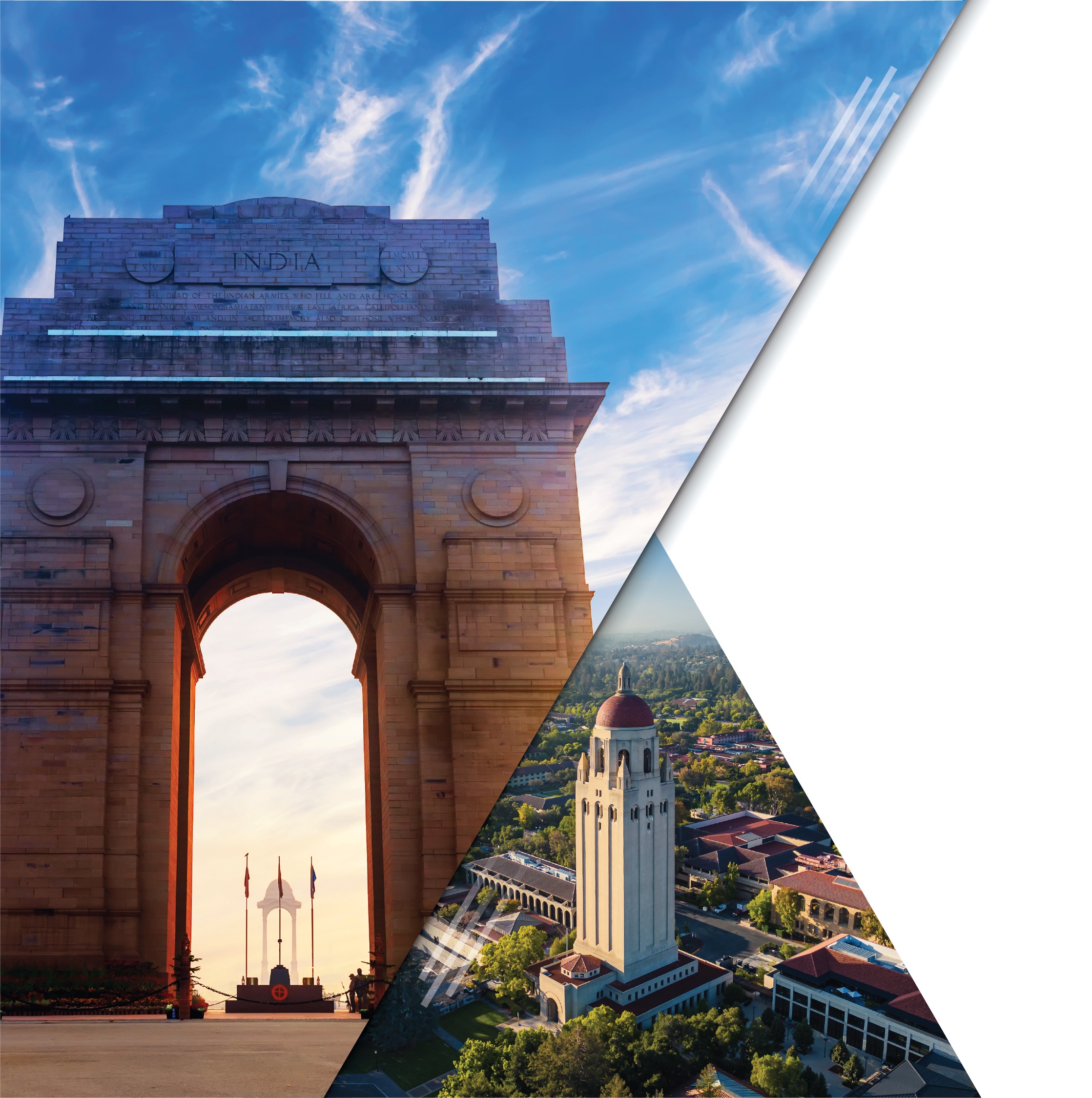Urbanising the Blue Way
For too long, cities have treated water as either scenery or sewage but never as a strategy. The blue economy is a hopeful concept that integrates all three. The idea of blue economy often gets us thinking about oceans, coastal ports and fishing boats while cities of today get us thinking about skyscrapers, traffic and rooftop gardens. This binary however misses the fact that several Indian cities are inherently water bound. With a coastline of roughly 7500 kms, India has major Coastal cities like Chennai and Surat, Riverine cities like Varanasi and Patna, and Lake or Wetland cities like Udaipur and Srinagar to name a few. At least 35-40 Indian cities can be counted as significantly water bound many of which are among the country’s largest urban centres. As India navigates through the complexities of sustainable development it is critical to think of blue economy as a compelling strategy to align urban development with social inclusion and environmental resilience. Water is intricately woven into the fabric of urban life by sustaining agriculture, fostering trade and supporting the overall quality of life. Off late however it has become common to read about unchecked urban growth affecting vital water bodies. Rivers are choked with industrial affluents, lakes are transformed into dumping grounds and wetlands are drained for construction activities. Instead of seeing water bodies are ‘unproductive spaces’ in an urban setting, the blue economy offers a promising solution to recognize the value of any water body be it a small lake or a large lagoon as a vital living asset.
Globally, there is a growing interest in water-based urban development. Even Indian cities like Kolkata, Chennai or Varanasi have integrated blue economy principles in practise but without any formal labelling. Take the example of Kochi in Kerala which launched a water metro system in 2023 powered by electric boats. This offers a clean and affordable transport system while easing road congestion and reducing emissions. Remarkably, the project was designed to support and enhance water quality around the jetties thereby having an additional benefit of improving the health of backwaters that sustain local fisheries and livelihoods. If we look at these efforts together, it is a smart blend of mobility, ecology and economy. Chennai similarly has had positive results in leveraging mangrove restoration for protection from coastal flooding. India can also look at global best practices such as the development of Barcelona’s Olympic Port and the port of Helsinki which offer valuable examples on how blue economy strategies can rejuvenate underutilized water fronts, turning them into vibrant public spaces and hubs of innovation. All these models within and outside of India demonstrate that economic activity and ecological balance can not only co-exist but also thrive together.
This window of transformation is especially critical at a time when a majority of Indian cities are facing extreme water crisis not just in terms of access but also in terms of the quality of water available. In 2021, the Ministry of Housing and Urban Development released its guidelines for river-centric urban planning advocating for strict No Development Construction Zones (NDCZ), active floodplain restoration, and ecologically sensitive buffer zones. These measures, if implemented with political will and community participation, can drastically reduce urban vulnerability while enhancing quality of life. To act on these principles, Indian cities should consider adopting a territorial and whole-of-water approach in its urban design. The territorial approach emphasizes the unique geographic, socio-economic, and environmental conditions of each city or region, encouraging localized strategies that are more responsive and inclusive. Rather than a one-size-fits-all model, it supports tailored governance frameworks, multi-stakeholder collaboration, and coherent policies that bridge silos across water, urban planning, and economic sectors. In tandem, the whole-of-water approach highlights the interconnectedness of freshwater and marine ecosystems, advocating for integrated management of the entire water cycle from headwaters to coasts. This perspective is crucial for Indian cities where upstream pollution and unplanned development directly affect downstream health, resilience, and livelihoods.
Yet, the blue economy is not just about infrastructure or regulation. It is equally about people. Cities must become stewards of their water bodies, and that requires public awareness, civic participation, and community ownership. Programs such as riverfront ecotourism, citizen science, and blue-tech entrepreneurship can bring communities closer to their rivers, fostering a culture of care and innovation. The case of Rotterdam’s Blue City; a former swimming pool transformed into a circular economy hub shows the social and creative potential of river-based redevelopment. Harnessing blue economy is therefore not another development fad but a practical framework that brings water to the centre of how cities think, plan and grow. For Indian cities stretched thin between water scarcity, urban sprawl, and economic inequality, this is less about grand ambition and more about smart, systems-level problem solving. The message is simple: we can’t afford to treat rivers as backdoors and coastlines as afterthoughts. In the end, building blue might just be the best way to stay afloat.
The article was published with Business Standard on May 21, 2025.
